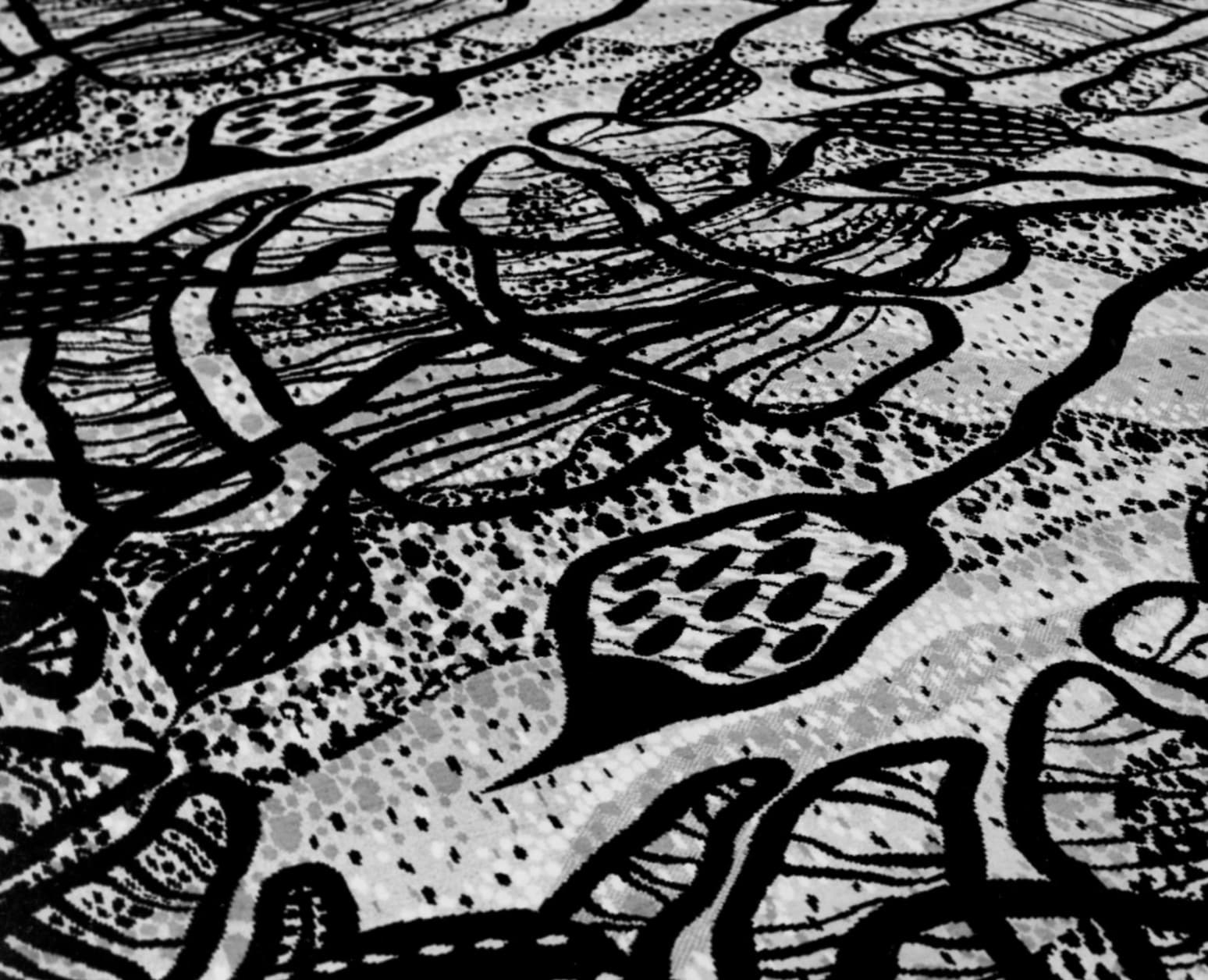Originally from North Wales, I am a design historian, early career museum professional, and freelance art and design copywriter/researcher based in London.
Cover photograph credit: RIBA Archives, A39/105.
Originally from North Wales, I am a design historian, early career museum professional, and freelance art and design copywriter/researcher based in London.
Cover photograph credit: RIBA Archives, A39/105.
Research
Before joining the RCA, I studied English at Oxford University, where I developed an interest in material text histories. My undergraduate research focused on the novels of Thomas Hardy, using the maps produced to accompany his writing to argue that changes in cartographic technology in the late nineteenth century affected the way he conceptualised space and movement.
My research at the RCA has been varied. My object essay looked at eighteenth and nineteenth century samplers as a form of life (and death) writing. My dissertation uses cinemas as a starting point to think about the development in 'modern' decorative styles and techniques in the interwar period. Both were shaped by an interest in decorative interiors as well as the experience of space, something carried through from my undergraduate research.

